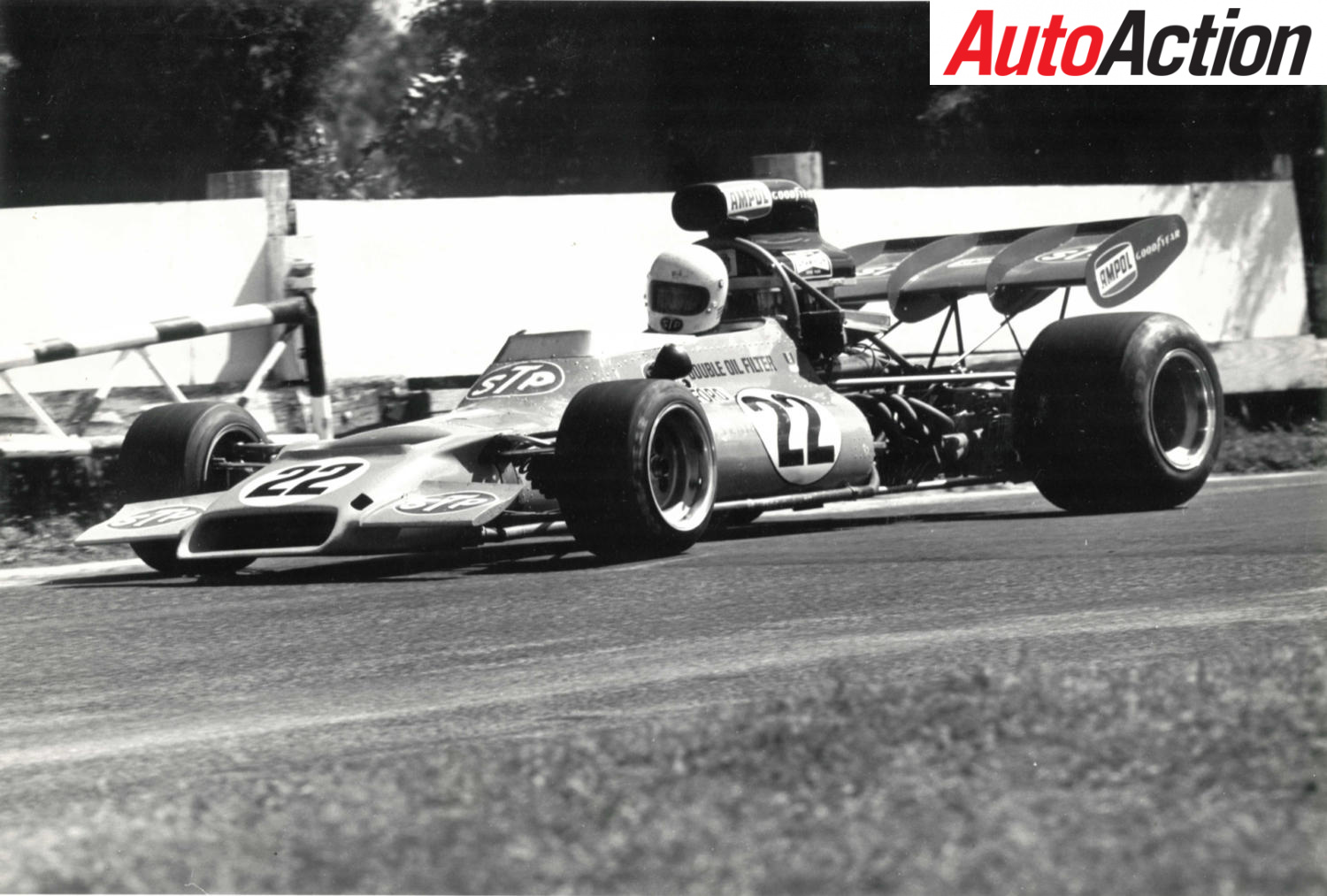GRAHAM MCRAE TRIBUTE

In a way, I owe my long career in journalism to New Zealand legend Graham McRae, who has died at 81.
In early 1972, when as a 15-year-old I decided writing about motor racing was a way in, I identified McRae as an interesting story.
He was at the peak of his powers, dominating Formula 5000 in the Antipodes and making a name in the UK with his self-designed car.
In ’72, his Leda GM1 – resplendent in Day-Glo pink STP livery – was the F5000 to beat down under.
McRae – nicknamed ‘Cassius’ for his showmanship – won the Tasman championship three years running from ’71-73, beating – most notably – Aussie F5000 ace Frank Matich.
His success in his post-McLaren M10B self-designed Leda, named for his production deal with an English race car builder, seemed a logical subject to explore.
So with an unauthorised authority, I fronted McRae at Sandown in late February ’72 and announced I had been assigned to write a story on him for Auto Action.
I may have over-stated the vaguest interest of then AA editor James Laing-Peach…
Anyway, bold as, this gangling teenager with his primitive tape recorder convinced McRae. He invited me to join him in his car at the back of the old Sandown pits for the chat.
With him was a glamorous woman in some sort of fur coat. She was sceptical, he was indulgent.
I’m in the back seat, microphone extended, asking him earnest questions about how the Leda GM1 came about.
A few weeks later, my unsolicited contribution was published in AA. It received the unimaginative headline “McRae’s The Leda” and filled a whole page. The main photo featured a bare-breasted woman in the background from the London Racing Car Show. Very different times…
In hindsight, it was a very ordinary story. But it launched my career and I will be forever grateful to McRae for indulging that precocious kid.
Sadly, I never had any meaningful interaction with the head-strong Kiwi after that.
McRae was of the generation of drivers with engineering aptitude. He was a Bruce McLaren- or Jack Brabham-lite.
His F5000 designs were cutting-edge. I particularly liked the later iteration that had a see-through cockpit, allowing fans to see a master at work.
By all accounts, McRae was difficult to the point of obstinacy. But he was at a level just short of F1 and excelled in the USA, winning the rich L&M series in ’72.
He had one outing in F1 and also the Indianapolis 500, finishing 16th in ’73 as Rookie Of The Year.
McRae disappeared in the ’80s, but he remained an historical figure. Attempted touring car comebacks didn’t do his talent justice.
In the late 1960s and early ’70s, Graham McRae was a world class driver who became a leading F5000 constructor.
I will be forever grateful to him for indulging a precocious teenager, taking the time to talk about his ascension as a driver/constructor.
In a very big way, I am here today because of Graham McRae.






